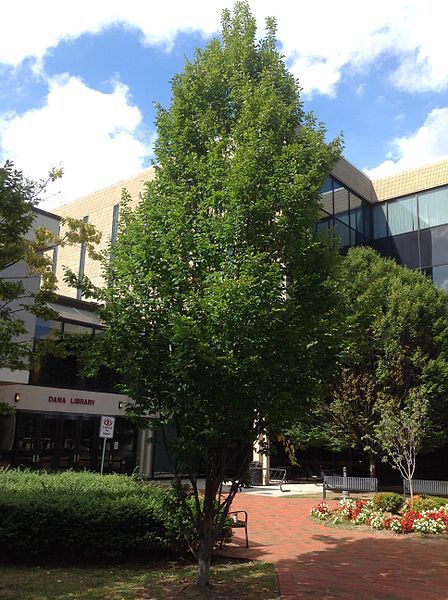American Hornbeam : Overview
by Aaron Kraus
A bee is a small and almost insignificant insect, too small to draw attention, and to the naked eye unimportant in its habitat. However, in nature the smallest and seemingly most insignificant players can have the largest effect on their surroundings. The American Hornbeam, or Carpinus caroliniana, plays a subdued but vital role in its natural environment. The tree’s numbered and varied functions have led to many names for the tree. The hornbeam has been called musclewood, blue beech, and water beech . Also known as Ironwood, the American hornbeam provides food and habitat for many animal species and is used for tools by humans. At UVM, the hornbeam’s role is just as subdued as it is in its natural environment, and appears as ornamentals around University Heights North and is planted in a circle around Converse Hall. Just like the humble bee, the American hornbeam is integral in our world and brightens our campus every day.
Trees are unique among plants in their ability to shape their environment. The hornbeam is no different, and can provide an inspiration for deeper investigation into the trees in our lives. While on campus and in the forest the American hornbeam is overlooked, it has a profound effect on the animal and cultural settings of eastern North America.

